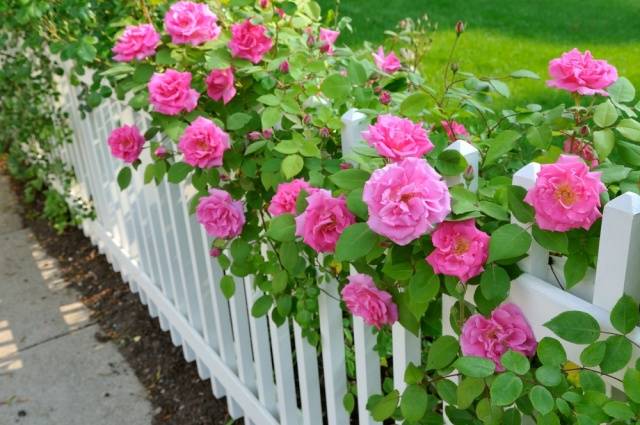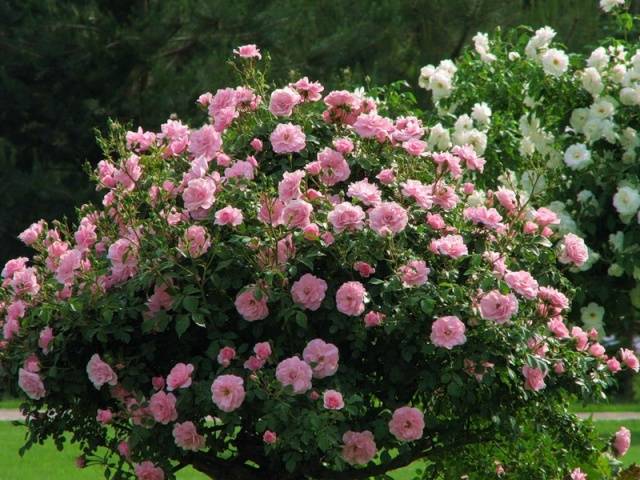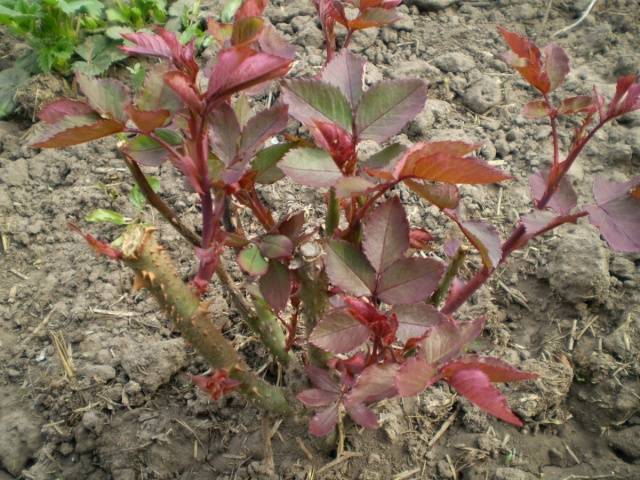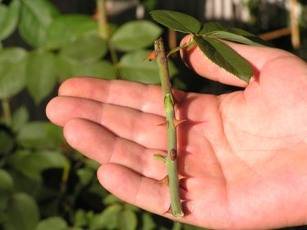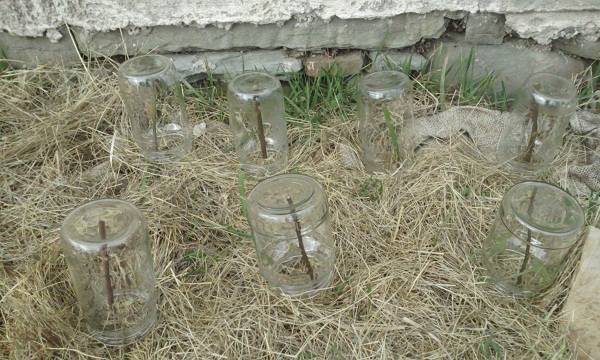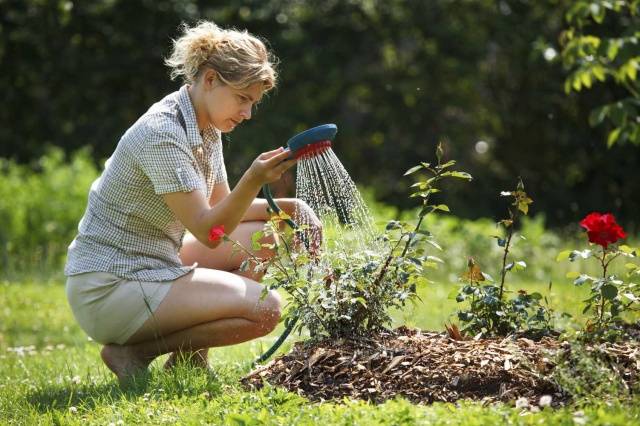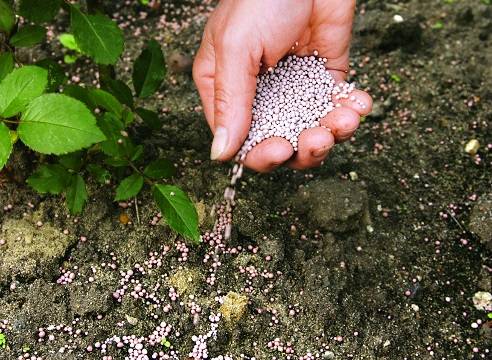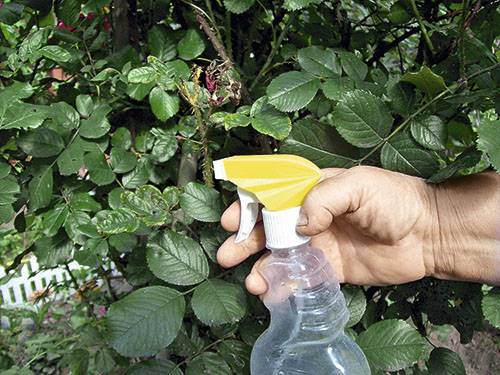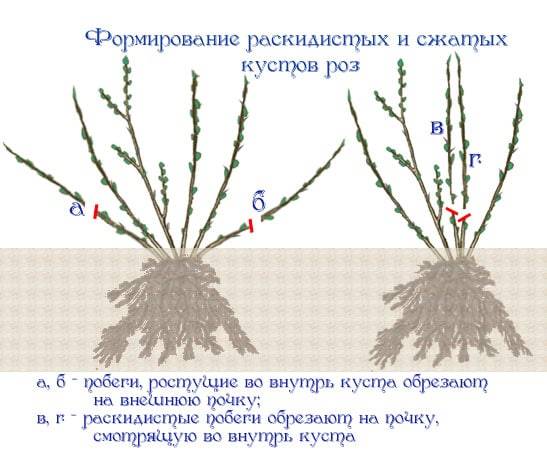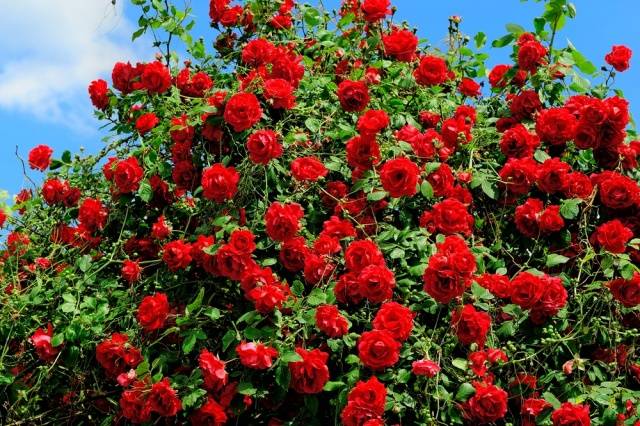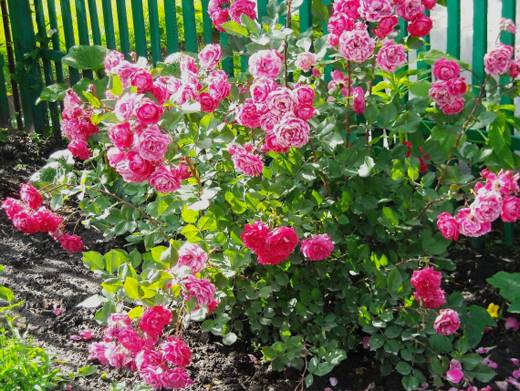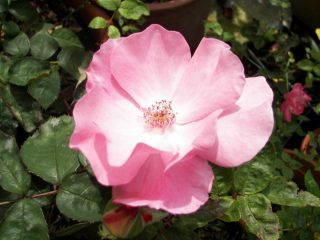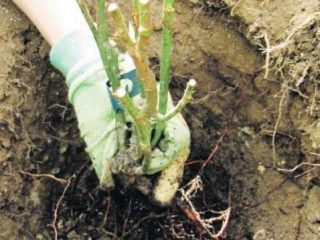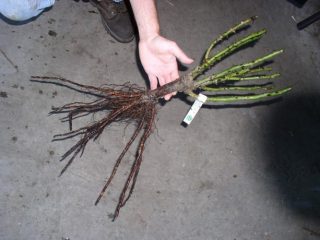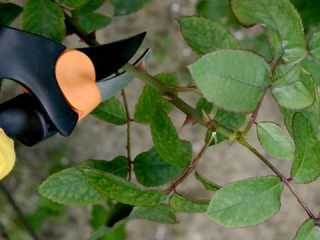Content
As you know, the rose is the queen of flowers. Therefore, most gardeners are happy to grow them on their site. Bush varieties are very popular among all types of roses. They are easy to care for, and instead of one or several flowers, you get a whole bush, abundantly showered with buds. With their help you can decorate your yard in an original way. These and other advantages contribute to the fact that one or another variety of spray roses appears in almost every yard. Therefore, it is very important to understand how to properly plant bush roses, as well as care and cultivation. This knowledge will help you grow beautiful flowers that will delight the eye for a long time.
Features of bush roses
Shrub roses are a garden type of these plants. They can be spreading or narrow pyramidal. The height of the bushes depends on the variety, and can range from 25 centimeters to more than three meters. Branches on bushes are divided into 2 types:
- main or uterine branches;
- annual shoots.
The diameter of the flowers can range from 2 cm to 18 cm, depending on the variety. The color and shape of flowers can be very diverse. In turn, flowers can form inflorescences or grow singly. Of all the possible flowers in nature, only bright blue roses have not yet been bred.All the rest, from light and delicate to dark and bright roses, have been grown for a long time. Every year more and more new combinations appear. According to the shape of the flowers, all bush roses are divided into the following types:
- Flat.
- Peony-shaped.
- Cup-shaped.
- Pompons.
- Cone-shaped.
- Globular.
- Bolus-shaped.
Although they are considered low-maintenance, it is important to keep some rules in mind when growing bush roses. For the winter, the bushes need to be covered. This is not very convenient to do due to the large size of the bush, but if you want to protect your flowers, you will have to try. Shrub plants also need pruning. We will learn how to do this below.
Planting bush roses
The best time for planting is autumn. You need to have time to plant roses from the beginning of September to the second week of October. When choosing seedlings, you need to carefully examine the plant. It must be strong and healthy.
A very important point is the choice of site for planting. Rose loves sunny, unshaded places. Choose an area away from tall trees and buildings. Strong northern winds have a bad effect on roses, keep this in mind when choosing a location. The bush grows well in acidic, well-drained soils.
Before planting the bush, it is necessary to remove dry roots using a sterile sharp instrument. If the roots are too long, they are shortened. Next, trim the branches, leaving only 20 centimeters in length. Then the roots are immersed in water for several hours. Now you can start planting.The hole for roses should be at least 40 centimeters in diameter, and the depth should be 10 centimeters wider than the diameter of the rhizome. The bottom of the hole needs to be loosened with a pitchfork.
The excavated soil is mixed with compost; it should be 3 times less than soil. Wood ash is also added. Add a heteroauxin tablet to a bucket of water and pour everything into the hole. The seedling is lowered into the hole and gradually covered with soil. Each layer should be lightly compacted. The seedling is planted 15 centimeters in height. Also, at a distance of 30 centimeters, make a roller of soil so that water does not flow out during watering. During the first 10 days, the plant needs to be shaded. The first watering is done after 2 days. In the photo you can see how planting and care is carried out. spray roses.
Planting roses from cuttings
Cuttings considered one of the most popular ways to propagate roses. To grow flowers, lignified or semi-lignified cuttings are planted. Cuttings should be taken at the time when the first flowers appear.
The length of the cutting should be about eight centimeters, and the thickness should be about the size of a pencil. The top of the rose is cut 0.5 cm above the bud, and the bottom - immediately below the bud. In this case, the upper cut should be straight, and the lower one at an angle of approximately 45°. Only the top 2 leaves are left on the cuttings. The thorns on the lower part are also torn off. The lower cut must be treated with phytohormones. The cuttings are planted in a hole with sand to a depth of 15 centimeters. If there are several plants, then leave at least 20–30 centimeters between them.The sand needs to be lightly compacted, and a greenhouse should be built over the plants. Holes are made in the film so that the plants can breathe, and from time to time it is opened slightly for ventilation.
Plants should overwinter under a thick layer of insulation. On top of it, the cuttings are also covered with polyethylene. In March, the insulation is removed, and the film is opened for a while, increasing it every day. The cuttings should remain in this place for 2 years, after which the bushes can be transplanted to a permanent place.
Care
The formation of the bush occurs in the first year. At such an important stage, you need to carefully monitor the rose. Shoots need to be pinched to stimulate tillering. And the first buds that appear must be removed, because all the energy of the bush is currently spent on the growth of the root system and branches. From mid-summer, buds can be removed from the bush only after formation.
Roses do not like excessive humidity and do not need frequent watering. So you need to water the bush only as needed. Watering roses in the spring should be more intense, as leaves and shoots form at this time. In summer, about ten liters of water are used to water one bush. In hot and dry weather, you can increase its amount. To water the bushes, use water at room temperature. After the end of the flowering period, the amount of water is gradually reduced. If excess moisture stagnates in the soil, this can lead to the development of fungal diseases. The best time to water the bushes is morning or evening.
Shrub roses also need feeding. There is no need to apply it in the first year, but fertilization is required in all subsequent years. The first feeding of the bush is carried out in the spring, when the growing season has just begun. After the buds begin to appear, the procedure is repeated. When the plant stops blooming, apply a third feeding, and a fourth after the lignification process has begun.
As a feed, mix two parts of phosphorus fertilizers, and one part each of potassium and nitrogen. The top layer of soil around the rose bush is removed and fertilizer is applied on top of it. Next, return the soil to its original place. With each watering, the fertilizer will dissolve and penetrate to the roots. Organic fertilizers will also be a good addition; they can be alternated with mineral ones. Wood ash, chicken droppings or manure are suitable for these purposes.
Diseases and pests
Unfavorable conditions can reduce the disease resistance of bush roses. They are most often affected by powdery mildew, rust, black spot and chlorosis. And if powdery mildew and other fungal diseases can be dealt with with the help of conventional drugs, then chlorosis occurs because the plant has not had enough beneficial microelements for a long time. To eliminate the cause of the disease, you will need to do a soil analysis and find out what exactly the plants lack.
All insects that infect rose bushes can be divided into sucking and gnawing insects. Sucking pests include aphids, mites, and whiteflies. But beetles, caterpillars, larvae and sawflies are representatives of gnawing animals. It is simply impossible to prevent the appearance of every pest, so gardeners often fight them after signs of appearance. But still, for prevention, you can treat the bushes with special preparations.
You can purchase chemicals in specialized stores or prepare a kerosene solution at home. To do this, take 2 grams of kerosene per 10 liters of water and spray the bushes with this solution. To prevent the appearance of insects next year, the site must be thoroughly prepared in the fall. All dried leaves and other debris are removed from under the bushes. These are the places where most pests live.
Pruning roses
The most important and time-consuming stage of care is pruning the bushes. It is needed so that the rose grows quickly and delights with abundant flowering. It is advisable to prune bushes every time of year. Spring pruning is considered the most important; it shapes the future bush and rids the rose of unnecessary branches.
The main thing is to prune the bush before the buds swell. During this period, all dry and damaged branches are cut off. They also get rid of those that grow inside the bush.
Don't be afraid to trim off excess shoots from bushes. If they seem weak and unnecessary to you, then most likely they are.Only the strongest and tallest shoots should be left on the bush. There is no need to go to the trouble of just pruning an old bush rose. It takes much longer to recover. After this, all cuts are treated with garden varnish.
Conclusion
As you can see, growing bush roses does not require any special skills. Anyone can handle this task. With just a little effort, you can grow beautiful homemade roses. They will definitely thank you with abundant and lush flowering.
Reviews
